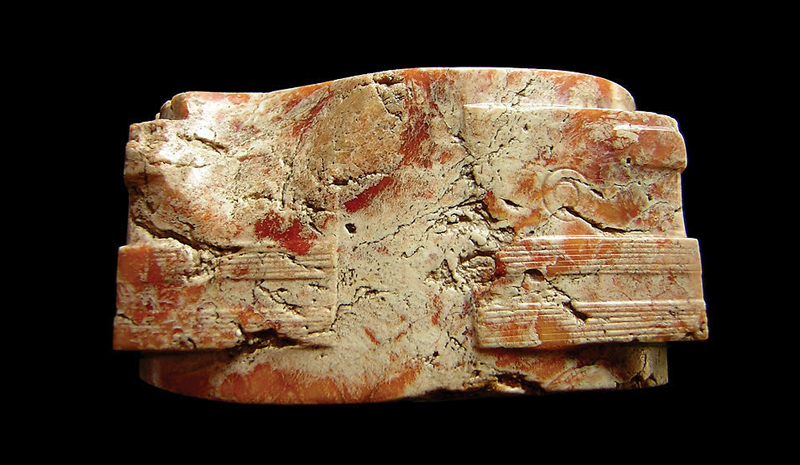June 24, 2011 and June 22, 2014 are engraved into the minds of the Hangzhounese citizens as the days that the West Lake and the Beijing-Hangzhou Grand Canal were respectively declared UNESCO World Heritage Sites. Hangzhou is now one of the few cities in the world to be the proud owners of two UNSECO heritage sites and who knows, with the city’s Liangzhu Culture buried deep into its ancient foundations, one day, another award may well be on its way.
Hangzhou dates back to the Neolithic Age or New Stone Age and throughout its long history a number of different cultures have settled here but it is the Liangzhu Culture that has been unearthed as the greatest.
Liangzhu Culture is an important part of the Chinese ancient culture in the Yangtze River Delta and was named after Liangzhu Town (良渚镇) Yuhang County, Hangzhou City where it was first discovered. Archeological findings in Liangzhu Town indicate that about 5,300 years ago a primitive tribal village once prospered on this fertile land by hunting, cultivating rice and fishing. Among the archeological findings the most representative one is the black pottery and porcelain showing beautiful patterns and shapes with fine workmanship, together with finely-worked ritual jades has also been uncovered.

It is also the discovery of spinning wheels in this area that has proven the existence of a thriving weaving culture which also aptly explains Hangzhou as being famously named as the Home of Silk. Among the other archeological treasures are the remains of various plants, such as corn, melon, peach and jujube, as well as animals such as fish, poultry and clams. It reveals that in Liangzhu Culture, agriculture, fishing and hunting were all flourishing and all of which have laid a solid foundation for Hangzhou to becoming known as a ‘Food Paradise’.

